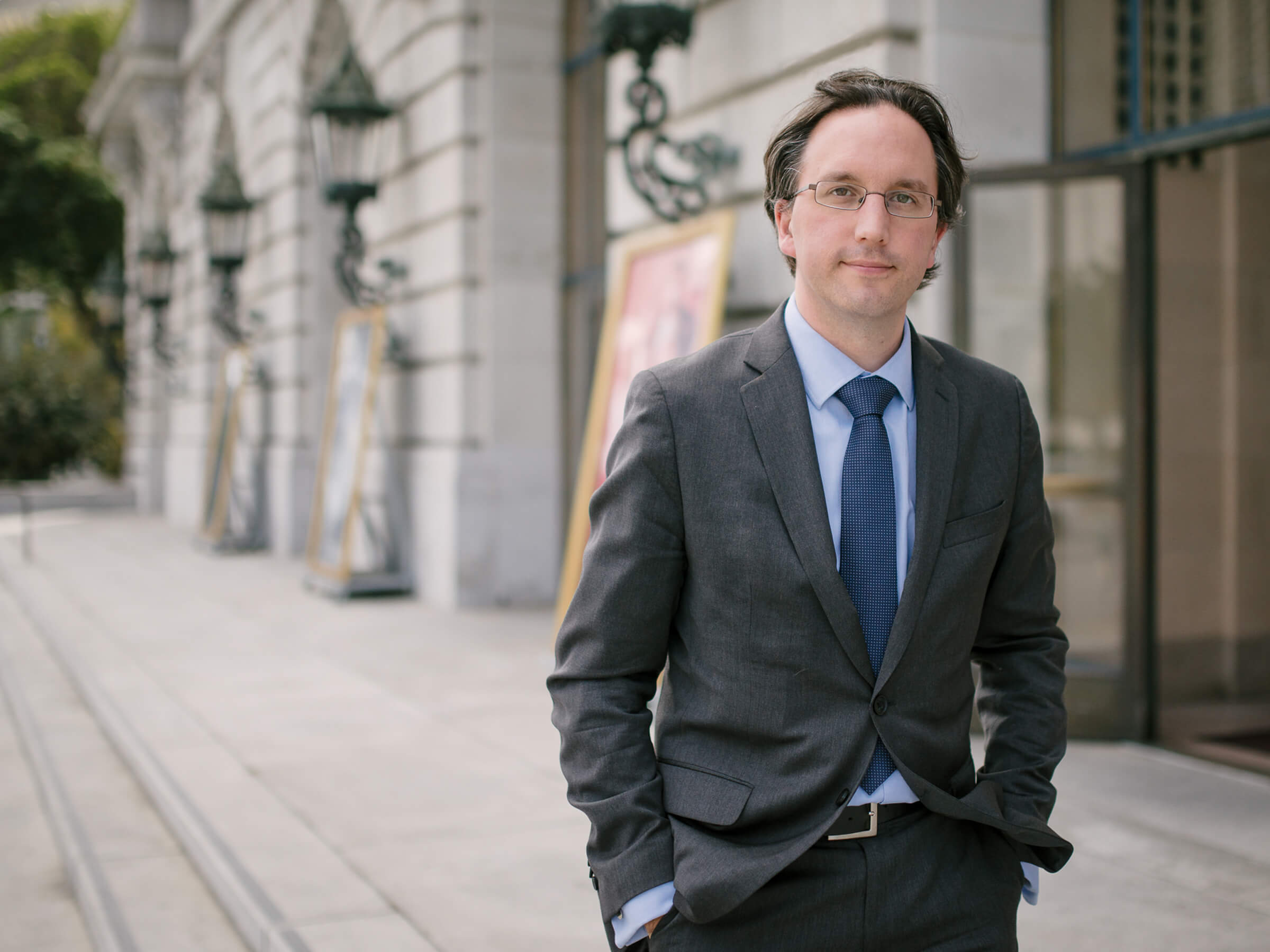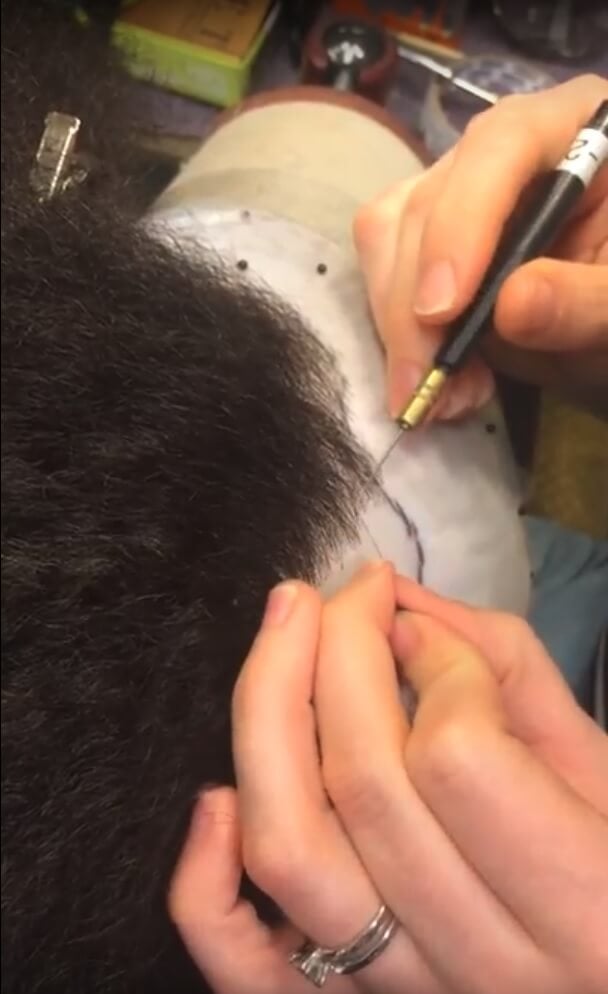Backstage with Matthew: A Finely Coiffed Head!


When cared for, wigs are long lasting items that have a shelf life of 30–40 years. They are repurposed and refashioned from show to show and person to person. The wig-shop has drawers of wigs labeled by such fantastic codes as WNW (women’s natural wavy) or WSDW (women’s short dark wavy). Unlike costumes which tend to be show specific and have labels for each singer who wears them, wigs just have numeric labels. The wig shop keeps a database of the history of each wig and uses that to match singers to their hairpieces!

Hair is tremendously expensive and comes from various sources, but mainly now East India and Eastern Europe. It is sold in various levels of quality and we tend to use a medium quality for operatic wigs. The finest quality is "virgin hair” which has literally been cut off a generous hair donor. Virgin hair is used very sparingly and usually to weave in hair extensions when a very natural and integrated look is being sought. A full wig of virgin hair will respond too easily to climatic conditions—humidity, heat etc.
Almost all of the men’s wigs here are manufactured from scratch because the fit to the head has to be so exact if it’s not to look like an obvious hairpiece. Women’s wigs generally allow for a little more latitude—a wisp of hair here, a curl there—and so women’s base wigs are more often purchased, then adjusted and styled. That also helps with the sheer volume of wig making that we undertake. Interestingly though, it’s almost as quick to make a wig from scratch as to adjust a commercial wig (20–40 hours).
Building a wig from scratch first requires you to create a replica of the artists’ head. I wish I could share a video with you of this, but cellophane and tape are used to create a mold of the artist’s head, with black sharpies noting the finer details. This cellphone ‘pate’ is then placed over wood-block heads and padding is used to build out the artists exact head shape to create the base shape for the wig. (Our wood-block heads come from Germany and are now 60 years old and no longer made).

(Bottom-right): Michael Fabiano’s hair mold on a wood-block being prepped for a wig (ultimately not used).
Once the head is fashioned, the process of building the wig begins and it is literally a hair by hair process (at best a couple of strands at a time). When I was visiting, our Assistant Head of Department, Ashley Joyce was finishing up a wig for Davóne Tines who plays Ned Peters in our new John Adams’ opera Girls of the Golden West. In this video of Ashley, you can see the exquisite skill that it takes to make a wig, deft movements of the hook creating infinitesimally small knots that tie the hair into the netting.

Once the wig is built, it’s time to wash the wig and, yes it’s pretty much like washing your own hair (or maybe your own cat). You create a water/shampoo mix, submerge the wig and wash, and then transfer to a similar conditioning solution, approaching the whole thing delicately so as not to pull the knots out. After a good rinse, the wigs are set in rollers if needed, lotion is added and the wigs are placed in specialty drying cabinets that heat up to 110F and, after 2–3 hours give you a ready to wear wig! Wigs are generally washed around every third performance with a major wash after a production has finished, but that can vary by person and by production.

Well, these clean wigs are not quite ready to wear. Then comes the styling process: the process of transforming the hair into the style needed for the opera in question. On Friday Jeanna was styling a number of Girls of the Golden West wigs for our three women and she showed me the process for J’Nai Bridges' wig (playing Josefa Segovia). In the series of photos below you can see her first create the braids on each side, and then pull those braids up onto the top of the hair for a more formal look (but not too formal as Josefa works in a Gold Rush bar!). It’s almost like styling real hair but with two key differences: 1) you can liberally stick pins into a fake head to mark center points etc., and 2) wig hair is much more stable than live hair, the latter of which changes every day and responds to different environmental conditions. So you can have a much more consistent theatrical look with a wig. Finally, Jeanna performs a “dance test” on the wig, literally shaking the wig in all manner of directions to ensure that the style holds up no matter what the theatrical action that might befall it!

finally performing the ‘dance test’ before the wig is completed!
Jeanna started working at San Francisco Opera in 2002 as an apprentice, moving into a journeyman role. Her first production was Meistersinger so she was thrown in at the deep end! She is Bay Area born and raised and studied performance and design at San Jose State, before going on to work at Opera San Jose, promoted quickly up to a principal make-up artist. She was working for A.C.T. for about 13 years, while also working almost every production here at the Opera, and has worked at almost every theater company in the Bay Area. When Gerd Mairandres retired in 2014, Jeanna was awarded the head role. She believes strongly in being skilled in all areas—wig making, women’s make-up, men’s make-up, and she encourages her staff to cross train in all of these areas and not focus exclusively on any one. As she quips, “we’re responsible for the whole head!”
Hair can transform an individual character in fascinating ways, maybe epitomized most this month by Ellie Dehn’s character of Manon who flits through life in a variety of different characterizations. These two wigs for Ellie speak so clearly to the power of wig-craft to signify character in the most immediate of ways.

Jeanna and her team are such an integral part of the magic of opera and bring such skills to these transformations, not to mention a good dose of humor.


